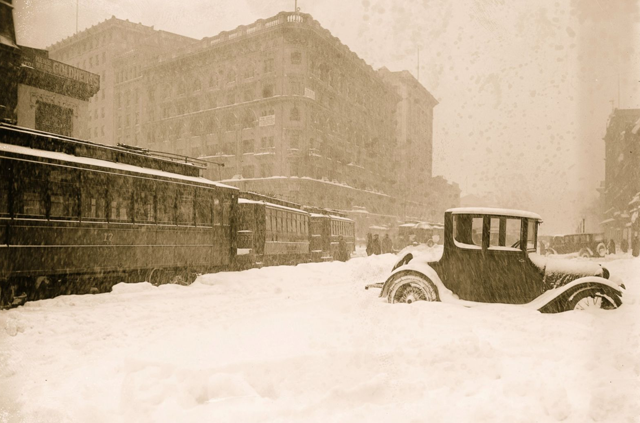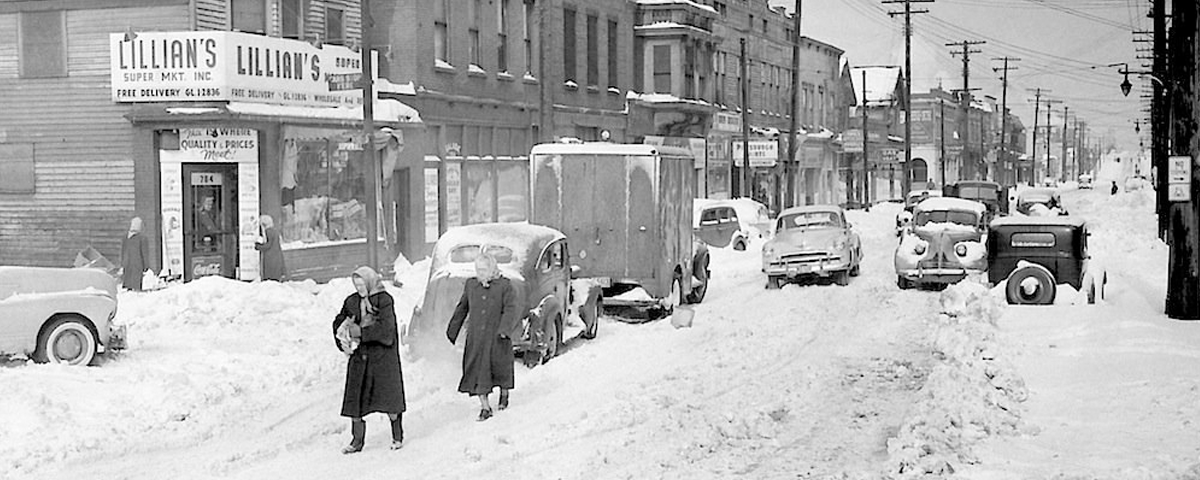The **history of the top snowstorms in the US** presents a detailed account of nature’s winter impact and human adaptation. From the earliest recorded blizzards to current weather events, these powerful **snowstorms** have influenced American history, infrastructure, and emergency response strategies. Each **blizzard** tells a story of destruction and survival, revealing the challenges communities face during extreme winter conditions.
When studying the **history of the top snowstorms in the US**, we observe an evolution in responses to these natural disasters. Early **snowstorms** often caught communities unprepared, causing significant loss of life and extended recovery periods. As meteorological science progressed, forecasting improved, enabling better preparation before a **blizzard** strikes. However, these extreme weather events continue to challenge our infrastructure and emergency systems, showing that nature’s power remains significant despite technological progress.

- Historical snapshot: The powerful snowstorms that have shaped the US winters over centuries. Source: @AAAnews – magazine.northeast.aaa.com
Historical Perspective
The Great Blizzard of 1888, called the Great White Hurricane, is a critical moment in the **history of the top snowstorms in the US**. This destructive **snowstorm** immobilized the Northeast with up to 55 inches of snow and strong winds, causing over 400 deaths during its three-day duration. The **blizzard’s** impact was so extensive that Boston developed America’s first underground subway system after seeing transportation networks completely disabled. This historic **winter** event fundamentally changed urban planning and infrastructure design, showing how extreme **weather history** can drive significant societal changes.
Following this event, the Knickerbocker Storm of 1922 and the Great Appalachian Storm of 1950 continued to shape America’s understanding of severe **winter** weather. The Knickerbocker Storm dropped more than two feet of snow on Washington D.C., causing the Knickerbocker Theatre’s collapse that killed 98 people and led to stricter building codes nationwide. The Great Appalachian Storm brought 62 inches of snow, frigid temperatures, and powerful winds to the central Appalachians over Thanksgiving weekend. The **snowstorm’s** aftermath included unusual warming that caused extensive flooding, with at least 160 fatalities marking this event as another significant chapter in American **weather history**.

- Record-breaking blizzards: A visual journey through the late 20th century’s fiercest snowstorms. Source: @AAAnews – magazine.northeast.aaa.com
Modern Era Megastorms
The Blizzard of ’78 marked a critical point in the **history of the top snowstorms in the US**, breaking snowfall records across major Northeastern cities including Boston and Providence. This powerful **snowstorm** combined hurricane-force winds with coastal flooding and unprecedented snow accumulation, surprising forecasters and citizens. The **blizzard’s** intensity forced many to shelter in place for days, while countless motorists became stranded on snow-covered highways. The **winter** catastrophe claimed approximately 100 lives and significantly influenced emergency management protocols, representing a key moment when the public began to take winter storm warnings more seriously.
The 1993 “Storm of the Century” represents another significant event in America’s **snowstorm** records. This cyclonic system formed in the Gulf of Mexico before moving up the East Coast, covering regions from Alabama to Maine with snow depths reaching 60 inches in some areas. This **blizzard** was notable for being one of the first major storms accurately predicted days in advance using computer forecast models. Despite this technological achievement, the storm still claimed 318 lives, earning its reputation as one of the deadliest American **winter** disasters of the 20th century and demonstrating that nature’s power remains challenging.

- The human toll: Reflecting on the lives affected by recent epic snowstorms. Source: @AAAnews – magazine.northeast.aaa.com
Recent Extreme Weather Events
The 21st century has seen several record-breaking events in the **history of the top snowstorms in the US**, starting with the Great Blizzard of 2003. This Valentine’s Day **snowstorm** transformed major East Coast cities into frozen landscapes as residents sheltered from bitter cold and up to two feet of snow. The **blizzard** stopped air travel throughout the Northeast and claimed 27 lives despite modern forecasting and emergency management systems. This **winter** event showed that extreme **weather history** continues to be written as nature’s power remains significant against human preparedness efforts.
More recent events including Snowmageddon (2010), Snowzilla (2016), and the December 2022 North American Winter Storm have continued to challenge American resilience. Snowmageddon featured back-to-back **blizzards** that shut down the federal government and created transportation problems across multiple states. Snowzilla paralyzed the entire East Coast in 2016, leaving hundreds of thousands without power while dropping snow as far south as Florida. The 2022 bomb cyclone represented a new phase in **winter weather history**, affecting an estimated 60% of Americans with blizzard conditions and extreme cold, resulting in 106 deaths across the United States and Canada. These modern **snowstorms** reveal that despite technological advances in forecasting and emergency management, extreme winter events continue to test our infrastructure and resilience in ways that reshape our understanding of nature’s power.
